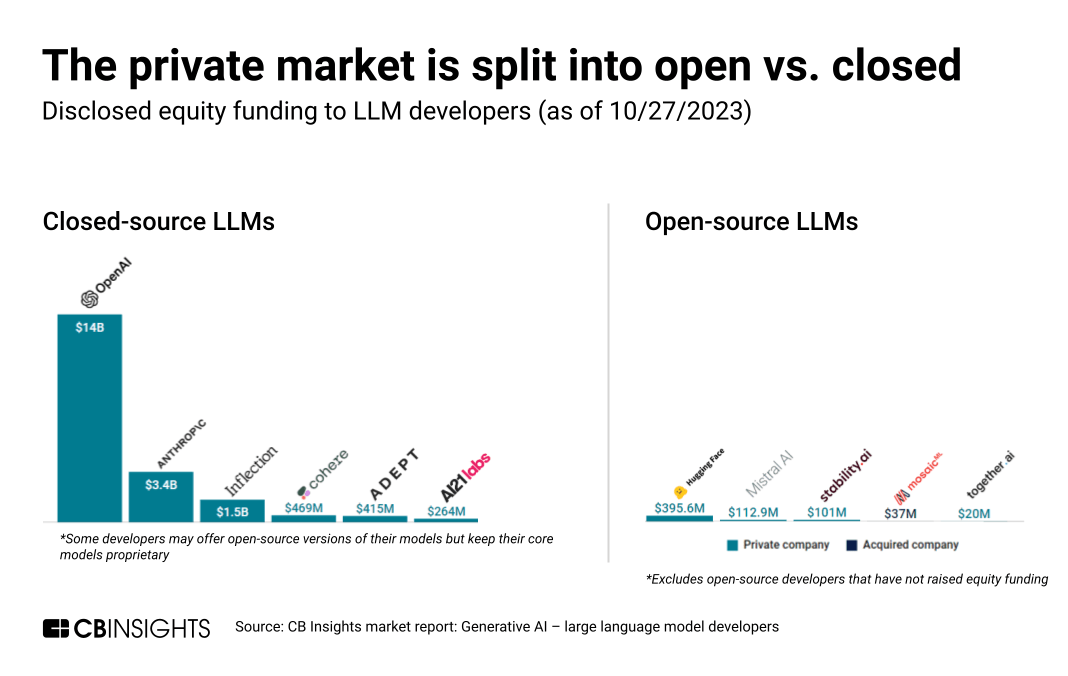Tariffs And The Looming Advertising Slowdown For Big Tech

Table of Contents
The Impact of Tariffs on Global Supply Chains
Tariffs, import costs, and supply chain disruptions are significantly impacting the tech industry. Increased tariffs raise manufacturing and import costs for tech hardware, impacting device production and sales. This is particularly problematic for companies with complex global supply chains.
-
Increased Manufacturing Costs: Tariffs on imported components, such as semiconductors, rare earth minerals, and display panels, directly increase the cost of producing finished goods like smartphones, laptops, and servers. This increased cost of goods sold (COGS) reduces profit margins and can lead to price increases for consumers.
-
Supply Chain Disruptions: Tariffs and trade wars can lead to significant disruptions in global supply chains. Delays in shipping, increased inspection times, and uncertainty around trade policies can result in shortages of vital components, impacting production schedules and ultimately, the timely release of new products. This disruption impacts marketing campaigns, as planned product launches may be delayed.
-
Reduced Investment: The uncertainty surrounding global trade policies discourages investment in new technologies and expansion. This uncertainty makes companies hesitant to commit to long-term projects, further slowing economic growth and reducing overall advertising spending. For example, a company might postpone a planned marketing campaign for a new product due to uncertainty about future tariffs.
Reduced Consumer Spending and its Effect on Advertising Budgets
Economic uncertainty and rising costs, fueled in part by tariffs, directly lead to decreased consumer spending. This reduction in consumer spending has a significant knock-on effect on advertising budgets.
-
Marketing Budget Cuts: When consumers tighten their belts, businesses respond by cutting costs, and marketing budgets are often among the first to be reduced. This directly impacts the revenue of Big Tech companies reliant on advertising revenue.
-
Recessionary Pressures: If the economic slowdown deepens into a recession, the impact on advertising spending will be even more pronounced. Historically, advertising is one of the first areas where companies cut back during economic downturns.
-
Lower ROI on Advertising: Reduced consumer confidence translates to lower ad engagement and return on investment (ROI) for advertisers. This makes companies even more hesitant to invest in advertising campaigns, creating a vicious cycle. Data from previous recessions clearly shows a strong correlation between economic downturns and a significant drop in advertising spend.
The Ripple Effect on Digital Advertising Platforms
The reduced ad spending discussed above has a direct and substantial impact on major digital advertising platforms. This ripple effect affects not only revenue but also platform development and innovation.
-
Reduced Ad Revenue: Lower ad spending directly translates to lower revenue for platforms like Google Ads and Facebook Ads. This reduction impacts the bottom line of Big Tech companies and their ability to invest in future projects.
-
Impact on Platform Development: Reduced revenue limits the resources available for platform development, innovation, and improvements. This can lead to slower feature updates, less investment in user experience, and a less competitive platform overall.
-
Changing Ad Targeting: Changes in consumer behavior resulting from economic downturn may necessitate adjustments to ad targeting and campaign strategies. Advertisers may need to rethink their approach, focusing on more cost-effective and targeted campaigns.
Specific Examples of Big Tech Companies at Risk
Several Big Tech companies are heavily reliant on advertising revenue and are therefore particularly vulnerable to an advertising slowdown.
-
Google: A significant portion of Google’s revenue comes from its advertising platforms. A decrease in ad spending would directly impact its profitability.
-
Facebook (Meta): Similar to Google, Facebook relies heavily on advertising revenue. A slowdown could significantly impact its financial performance and its ability to invest in new technologies.
-
Amazon: While Amazon’s advertising business is smaller than Google's or Facebook’s, it is still a significant revenue stream and vulnerable to an economic downturn.
-
Apple: While less reliant on advertising than the others, Apple still uses advertising to promote its services and products. A slowdown could affect its marketing efforts.
-
Microsoft: Microsoft’s advertising revenue, while substantial, is less central to its business model than for Google or Facebook, making it somewhat less vulnerable. However, a slowdown will still impact its overall financial performance.
Conclusion
The impact of tariffs on global supply chains, coupled with decreased consumer spending leading to reduced ad budgets, creates a perfect storm for Big Tech. This results in a significant negative ripple effect on digital advertising platforms and the companies that rely on them. Understanding the intricacies of these economic pressures is crucial for navigating the evolving landscape. Stay informed about the latest developments in international trade and their impact on tariffs and the advertising slowdown for Big Tech, and adapt your strategies accordingly to mitigate risk. Proactive planning and diversification are key to weathering this potential economic storm.

Featured Posts
-
 Chelsea Handler And The Oscars Afterparty A Drug Controversy
Apr 26, 2025
Chelsea Handler And The Oscars Afterparty A Drug Controversy
Apr 26, 2025 -
 Prix Cecobois 2025 18 Projets Canadiens Francais En Bois Et Bois D Uvre Mis A L Honneur
Apr 26, 2025
Prix Cecobois 2025 18 Projets Canadiens Francais En Bois Et Bois D Uvre Mis A L Honneur
Apr 26, 2025 -
 The Dude Who Stinks Identifying The Odorous Member Of Congress
Apr 26, 2025
The Dude Who Stinks Identifying The Odorous Member Of Congress
Apr 26, 2025 -
 The Transatlantic Ai Divide Trump Administrations Role In Shaping European Policy
Apr 26, 2025
The Transatlantic Ai Divide Trump Administrations Role In Shaping European Policy
Apr 26, 2025 -
 The 2700 Mile Divide A Rural Schools Experience Under Trumps Presidency
Apr 26, 2025
The 2700 Mile Divide A Rural Schools Experience Under Trumps Presidency
Apr 26, 2025
